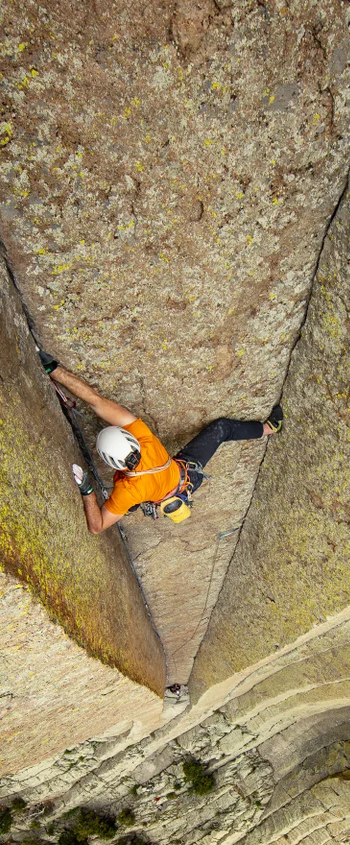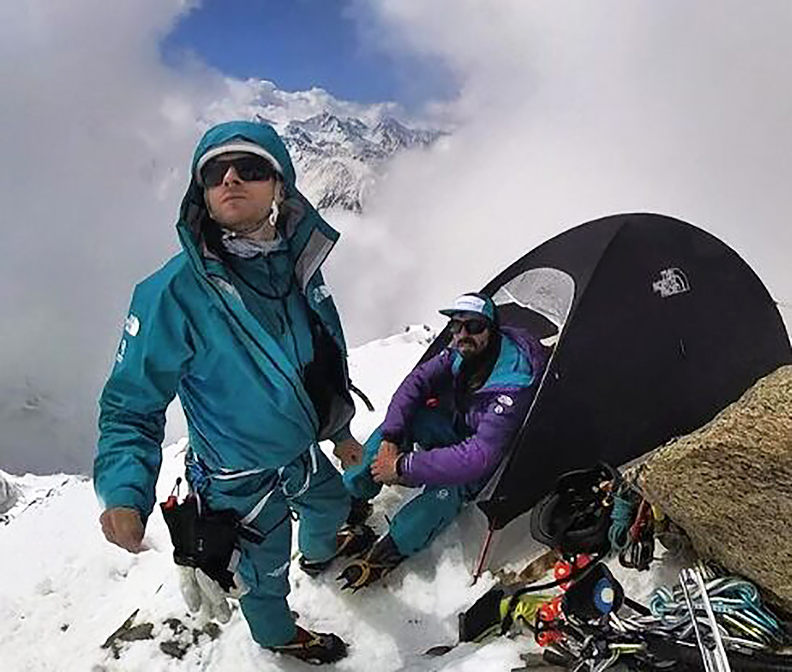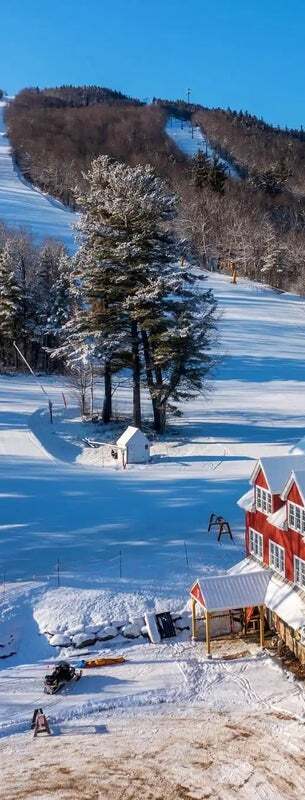5 Best Mountain Hikes In Europe With Stunning Landscapes
Hiking means different things to different people—it’s a wonderful way to breathe in the fresh air, stay active, and take in breathtaking scenery. Europe’s mountains provide thrilling opportunities for many long-distance hikes. From hut-to-hut hikes in Austria on the Glockner Trail which guides you through the breathtaking Hohe Tauern National Park to a hike through the Bohemian Paradise UNESCO Geopark to explore the extraordinary labyrinth of sandstone rock towers, here are five of the best hikes in Europe for stunning landscapes.
Follow our WhatsApp channel
The Malerweg, Germany
The Malerweg, also known as the Painters’ Path, is a 71-mile circuit that opened in 2006 and quickly became a German classic. This trail offers a unique opportunity to explore the stunning landscapes of eastern Germany, following in the footsteps of nineteenth-century artists who were inspired by the area’s natural beauty. Over the course of eight days, hikers can experience the picturesque Sächsische Schweiz national park, characterised by deep, dark forestland and the majestic River Elbe. The charming villages along the riverbanks and the sight of steamboats navigating the waters add to the allure of this trail. Additionally, the imposing sandstone karsts rising above the treetops create a truly unforgettable experience for nature enthusiasts and hikers alike.
The Glockner Circuit, Austria
Mountaineers climbing to the highest Austrian mountain, Grossglockner
Mountaineers climbing to the highest Austrian mountain, GrossglocknerOndrej Bucek/Shutterstock
The Glockner Trail beckons hikers and nature enthusiasts to embark on a one-of-a-kind journey. This trail guides you through the breathtaking landscapes of the Hohe Tauern National Park in Austria on their way to the Grossglockner massif situated at an altitude of 3,798 meters (12,460 feet). The trail meanders amidst majestic glaciers, towering alpine peaks, and centuries-old cultivated pastures. It offers a hut-to-hut hiking experience, with each day’s trek culminating at cosy huts or inns. These alpine huts are well-equipped and meticulously maintained, catering to fundamental needs for accommodation and meals.
Bohemian Paradise, Czech Republic
Bohemian Paradise is a UNESCO geopark
Bohemian Paradise is a UNESCO geoparkscigelova/Shutterstock
The Bohemian Paradise UNESCO Geopark, also known as Czech Paradise, offers a remarkable experience with its stunning pinnacles. Embark on a hike to explore the extraordinary labyrinth of sandstone rock towers, locally known as Prachov Rocks (Prachovske Skaly). These rocks have been shaped by various forces, including wind, water, frost, erosion, and human influence, resulting in unique and intriguing formations. Recognised for its invaluable natural, geological, and landscape significance, the Bohemian Paradise Geopark joined the European Network of Geoparks in 2005 and became the sole member of the UNESCO Global Network of Geoparks in the Czech Republic in 2015.
Alta Via 1, the Dolomites, Italy
The picturesque terrain on the Alta Via 1 in the Dolomites
The picturesque terrain on the Alta Via 1 in the DolomitesMelvyn Seale/Shutterstock
The Alta Via 1 presents a 120 km walking trail through the Italian Dolomites, stretching from Dobbiaco in the North to Belluno in the South. This hut-to-hut long-distance trail takes hikers through the magnificent Dolomites, offering majestic mountain vistas, including views of the Marmolada, Pelmo, and Civetta. From a hiker’s perspective, this legendary sub-range of the Alps boasts an extensive system of pathways (or “Vias”), with the most famous being the Alta Via 1. The dramatic mountain ranges of the Dolomites in northeastern Italy feature serrated limestone peaks, sheer cliffs, shimmering alpine lakes, and deep, narrow valleys, making it a magnet for geologists, travellers, and outdoor enthusiasts alike.
Mount Triglav, Slovenia
Slovenia’s highest peak, Mount Triglav (2864m), holds a special place in Slovenian folklore, symbolising strength and resilience. Nestled in the breathtaking Triglav National Park, within the Julian Alps, this magnificent mountain provides a range of paths to its summit, suitable for both beginners and seasoned climbers. The demanding final via ferrata section, a protected climbing route found in the Alps and certain other Alpine location, further enhances the appeal of conquering this legendary peak.
Learn more: https://www.adventurefilm.academy/
Beyond Everest: Hiking the Himalaya
From the terai to the mountains
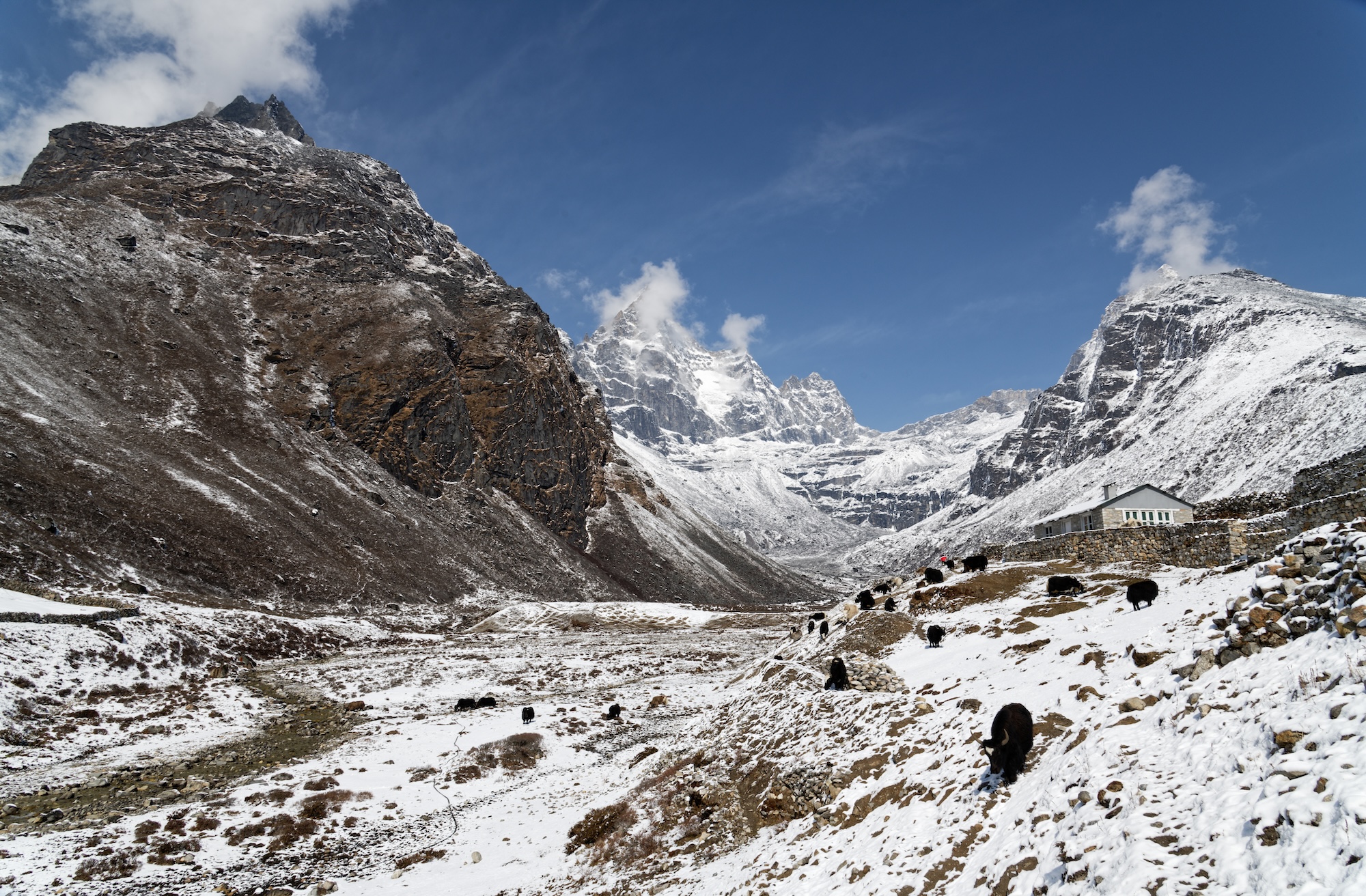
Yaks move through fresh snowfall in the village of Machermo. Photo: Martin Walsh
Cheerful chaos
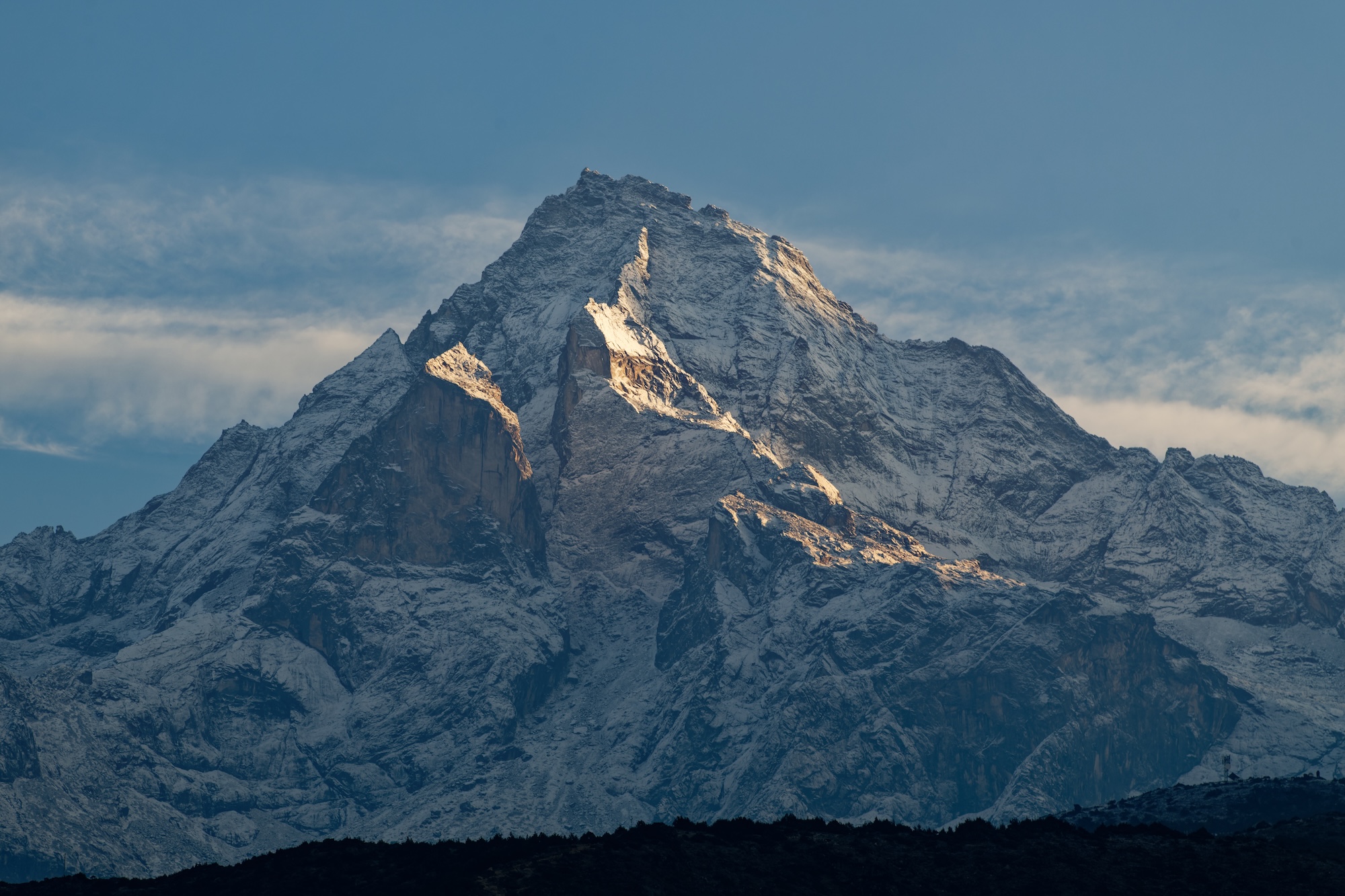
Dawn light hits a peak near Namche Bazaar. Photo: Martin Walsh
Lukla and the route to Everest
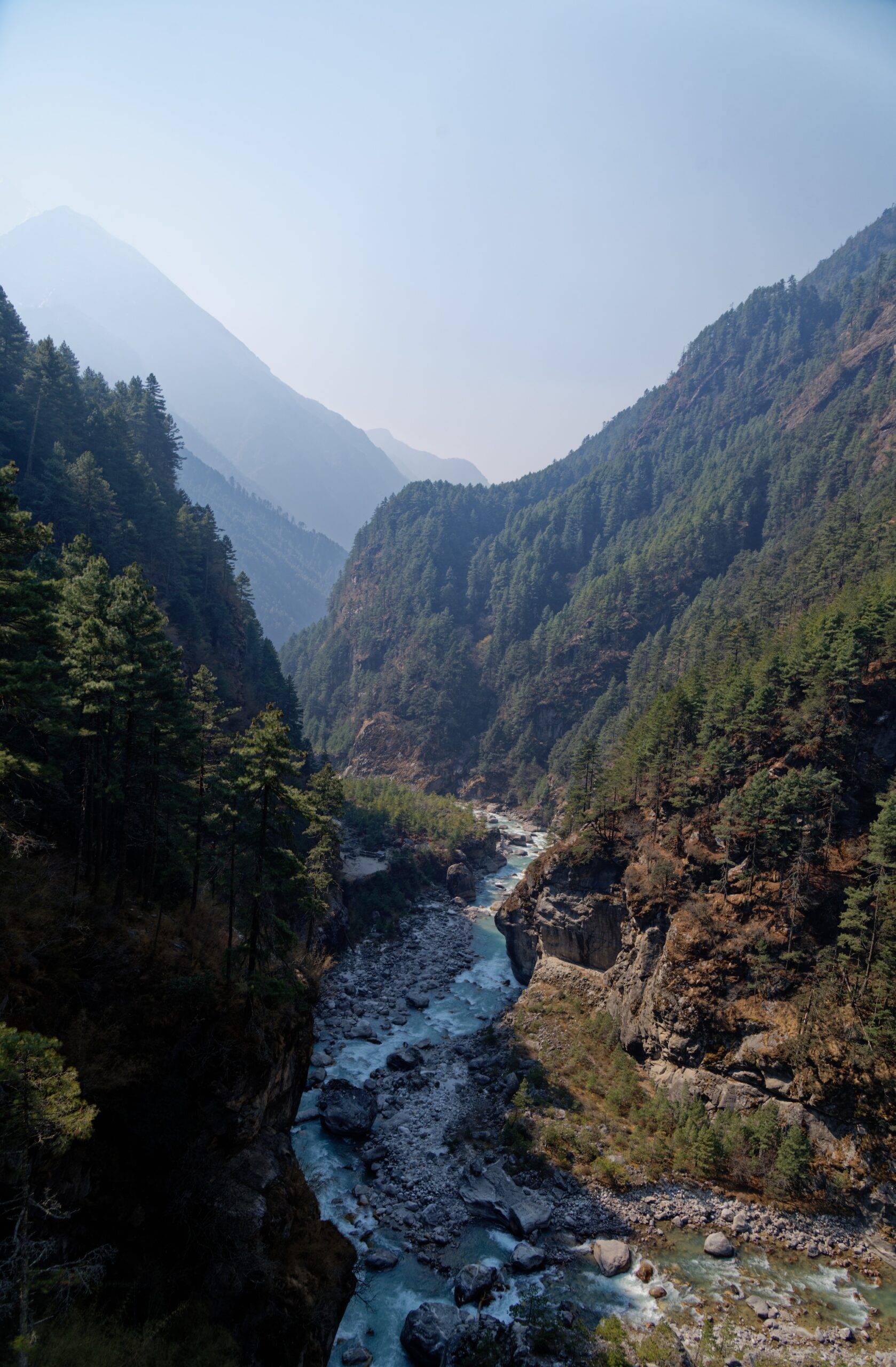
The Dhudh Kosi. Photo: Martin Walsh
100kg packs
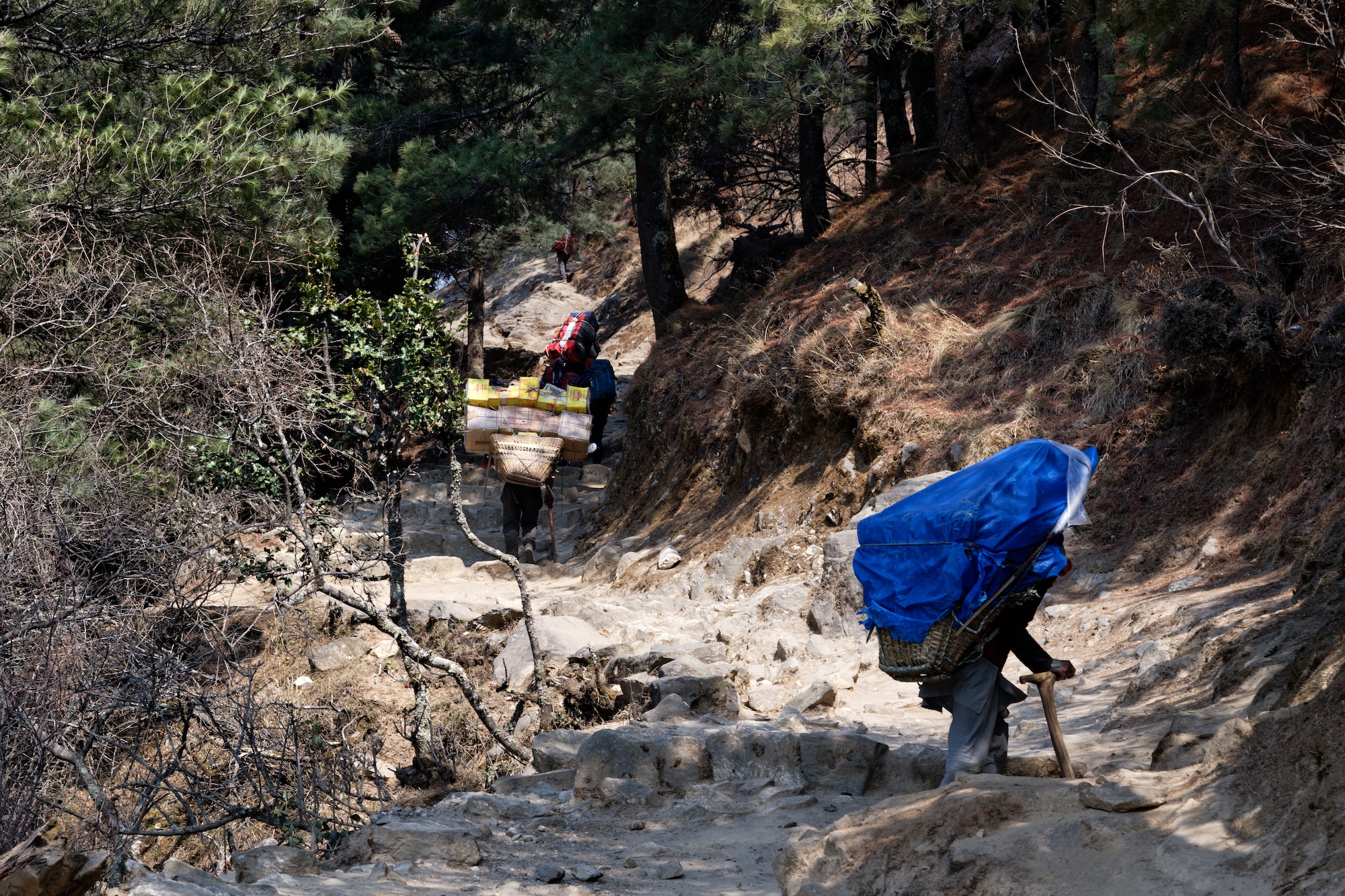
Local porters move loads toward Namche Bazaar. Photo: Martin Walsh
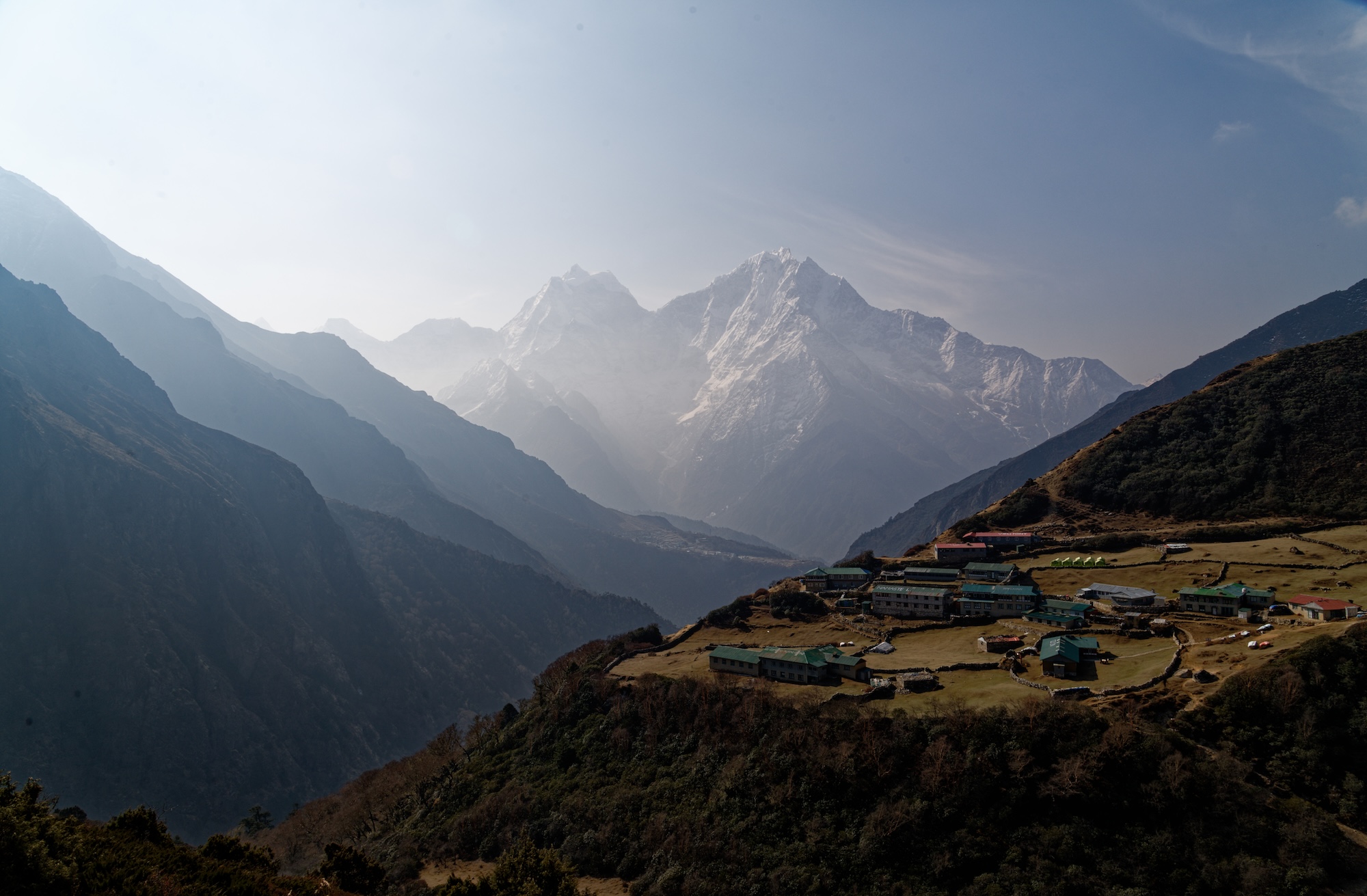
The village of Dole, with Phortse visible beneath Kantega (6,782m) down the valley. Photo: Martin Walsh
Acclimatizing and inching higher
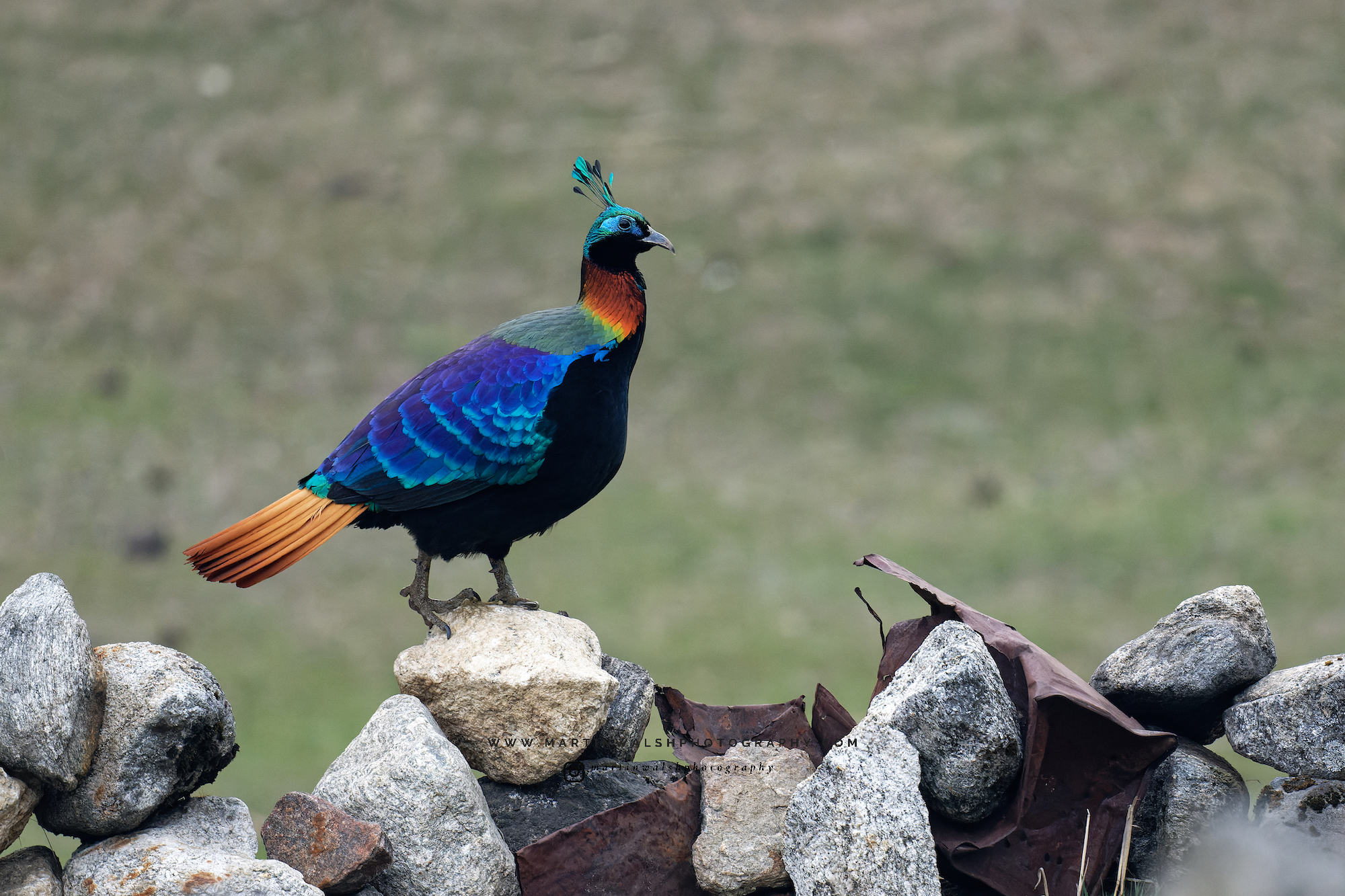
A Himalayan Monal, Nepal’s national bird, struts its stuff near Namche Bazaar. Photo: Martin Walsh

Himalayan tahr. Photo: Martin Walsh
In the shadow of Cho Oyu
Source: https://explorersweb.com/beyond-everest-hiking-the-himalaya/
Learn more: https://www.adventurefilm.academy/

